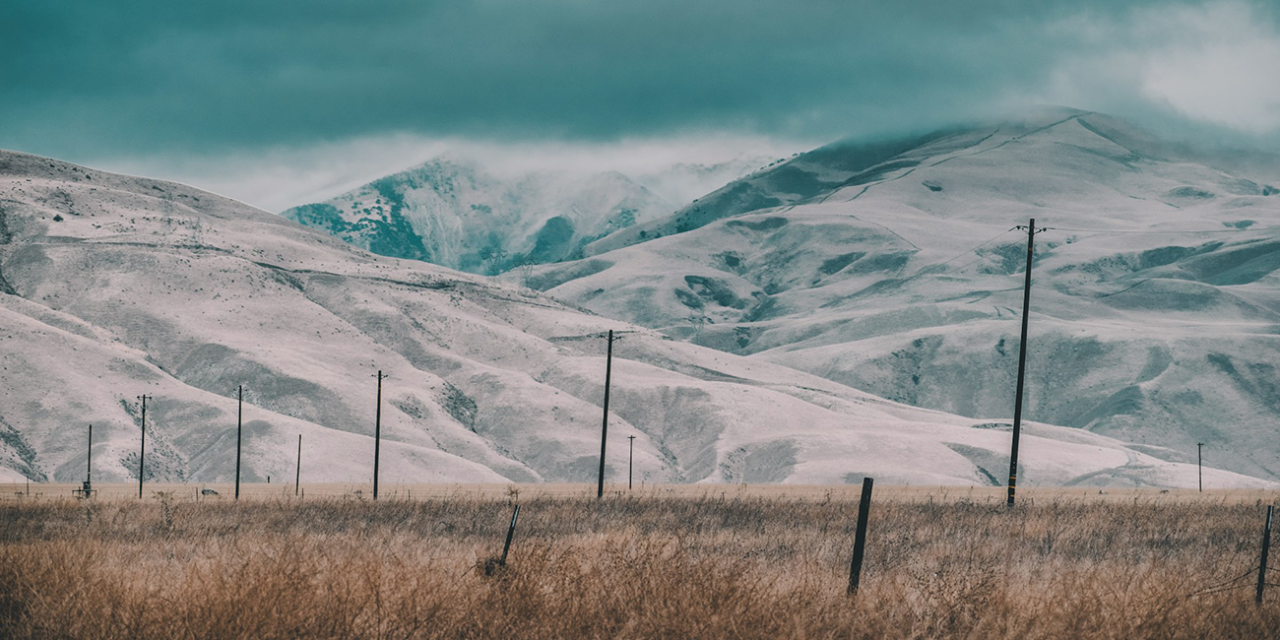Bakersfield, California, is a city with a rich and varied history that often goes unnoticed by travelers passing through.
Known for its oil fields and unique musical heritage, Bakersfield’s story is a testament to resilience, transformation, and cultural significance.
Table of Contents
The Native Beginnings and Spanish Exploration
Indigenous Inhabitants and Early Settlements
Long before Bakersfield was established, the land was inhabited by the Yokuts Native American tribes.
They lived along the Kern River, utilizing its resources for fishing, hunting, and agriculture.
- The Yokuts developed complex societies with rich traditions and sustainable practices.
- Their knowledge of the land and waterways significantly influenced their daily lives and cultural practices.
- The arrival of Spanish explorers that started to come in the 18th century introduced new dynamics to the region.
Spanish Influence and Missions
The Spanish exploration brought missions that altered the cultural and social landscape of the area.
The Spanish missions aimed to convert the indigenous populations and integrate them into colonial society.
- Missions became centers of religious and cultural exchange.
- The introduction of European farming techniques and livestock changed local agricultural practices.
- The Spanish period set the stage for future developments in the region.
The 19th Century: A Town Is Born
Gold Rush and Early Settlement
The California Gold Rush that happened in the mid-19th century led to significant migration westward.
This period marked the beginning of Bakersfield’s transformation from a quiet settlement to a bustling town.
- Colonel Thomas Baker, the city’s namesake, settled in the area, creating a field that served as a rest stop for travelers.
- By 1869, Bakersfield had grown into a town with essential services like general stores, a hotel, and one of the county’s first school districts.
- The town’s strategic location and fertile land attracted settlers and entrepreneurs.
Infrastructure and Community Development
The establishment of key infrastructure and community services was crucial in transforming Bakersfield from a stopover to a permanent settlement.
- The construction of roads and transportation networks facilitated trade and movement.
- Community institutions like schools and churches fostered social cohesion and civic engagement.
- Bakersfield’s early growth laid the groundwork for its future economic and cultural developments.
The Oil Boom: Economic Transformation
Discovery of Oil Fields
The discovery of oil at the turn of the 20th century marked a significant economic transformation for Bakersfield.
The Kern River Oil Field became one of the world’s most productive oil fields.
- The oil boom attracted workers and investors from across the country.
- Bakersfield’s economy diversified, incorporating both agricultural and industrial sectors.
- The city’s rapid growth was fueled by the wealth generated from oil production.
Impact on Local Economy
The oil industry brought prosperity to Bakersfield, leading to the development of infrastructure and services to support the growing population.
- New businesses and industries emerged, creating job opportunities and stimulating economic growth.
- The influx of workers and their families transformed Bakersfield into a bustling urban center.
- The city’s economic base expanded, ensuring long-term stability and development.
Agriculture and the Dust Bowl Migration
Agricultural Development
Bakersfield’s fertile land has always been a cornerstone of its economy.
The city’s agricultural sector thrived alongside the oil industry.
- Dairy farms, vineyards, and orchards became prominent features of the local landscape.
- Advances in farming techniques and irrigation systems boosted agricultural productivity.
- Bakersfield’s agricultural output contributed significantly to California’s economy.
Dust Bowl Migration
The 1930s Dust Bowl migration brought thousands of displaced farmers, often referred to as “Okies,” to Bakersfield.
These new residents brought with them a strong work ethic and cultural traditions that deeply influenced the area.
- The migrants’ resilience and determination revitalized Bakersfield’s agricultural sector.
- The influx of new residents enriched the local culture, particularly through music.
- The Dust Bowl migration left a lasting impact on Bakersfield’s community and cultural identity.
The Bakersfield Sound: A Musical Revolution
Origins of the Bakersfield Sound
Bakersfield’s contribution to country music is significant, with the development of the Bakersfield Sound offering a raw, unpolished alternative to the polished Nashville style.
- Legends like Buck Owens and Merle Haggard emerged as leading figures of the Bakersfield Sound.
- The genre was characterized by its distinctive electric guitar riffs and honest, straightforward lyrics.
- The Bakersfield Sound reflected the city’s independent spirit and working-class roots.
Cultural Impact
The Bakersfield Sound had a profound impact on country music and American culture, influencing countless artists and shaping the genre’s evolution.
- Local venues like the Crystal Palace became iconic spots for country music performances.
- The genre’s success brought national attention to Bakersfield, cementing its place in music history.
- The Bakersfield Sound continues to inspire musicians and fans around the world.
Modern-Day Bakersfield: Challenges and Progress
Contemporary Issues
Today, Bakersfield faces modern challenges similar to other cities, including environmental concerns and the need for sustainable growth.
- The city’s reliance on oil and agriculture has led to environmental issues such as air and water pollution.
- Efforts to try and start balancing economic development with environmental sustainability are ongoing.
- Bakersfield’s growth requires careful planning to ensure the preservation of its unique heritage and quality of life.
Community and Economic Development
Despite these challenges, Bakersfield remains a hub of industry and culture, with ongoing initiatives to enhance the city’s infrastructure and community services.
- Investments in education, healthcare, and public safety are critical to the city’s future.
- Community engagement and cultural events foster a strong sense of local identity and pride.
- Bakersfield’s diverse economy continues to attract businesses and residents, contributing to its dynamic growth.
Q&A: The Essence of Bakersfield Explored
How did Bakersfield emerge as an economic center in California?
The discovery of oil and the development of agriculture positioned Bakersfield as a vital economic center. These industries, coupled with the city’s strategic location, fueled its growth and prosperity.
What cultural impacts did the Dust Bowl migration have on Bakersfield?
The Dust Bowl migration brought a wave of new residents whose traditions and resilience left an indelible mark on Bakersfield’s cultural landscape, particularly in music, where combining various styles gave birth to the distinctive Bakersfield Sound.
How does Bakersfield honor its rich history today?
Bakersfield celebrates its past through preservation efforts like the Kern County Museum and the Buck Owens Crystal Palace, which not only serve as historical landmarks but also as venues for community engagement and education.
What makes Bakersfield unique compared to other California cities?
Unlike many California cities known for their tech or tourism, Bakersfield’s uniqueness lies in its blend of rugged industry, rich agricultural history, and its storied musical legacy. It’s a city that epitomizes the diverse economic and cultural fabric of California.
Bakersfield’s Story Continues
The history of Bakersfield is a complex and compelling narrative woven from exploration, industry, migration, and music. Reflecting on what I’ve learned, I see Bakersfield not just as a city I passed by on my travels but as a place with a past as rich as any destination in California. It’s a city that deserves recognition for its contributions to the state’s heritage and the chapter it continues to write in the grand story of California.





